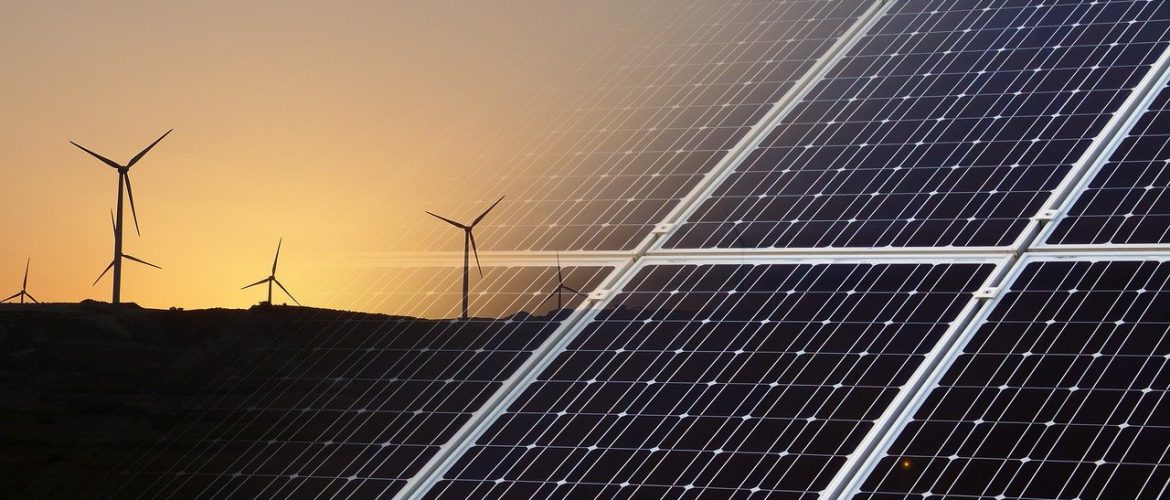According to the latest monthly data for the interconnected electricity network from ADMIE (February 2022):
Fossil fuels (fossil gas +lignite) produce more electricity than renewables and large hydro, returning to the first place in the first two months of the year, contrary to the corresponding period of 2021.
Cumulatively for the first 2 months of 2022:
- Fossil gas (3050 GWh) marginally regains the lead over renewables (mainly wind and solar, 2936 GWh) in the interconnected electricity network in Greece.
- Lignite (922 GWh) continues its downward trend and large hydro (888 GWh) decrease as well, compared to the high levels of 2021. On the contrary, net electricity imports (1251 GWh) are increased covering that way these reductions.
For the same period, the share of renewables (32.5%) is declining compared to the historic high of 2021 (34.8%). Renewables’ share, together with large hydro (42.3%) , exceed that of fossil gas (33.7%), while lignite’s share reaches a new low (10.2%).
Lignite is the only energy source that has decreased both compared to last year and 2020.
On the contrary, the electricity from fossil gas appears increased compared to both years.
Renewables also show a decrease (-1%).
Specifically for February 2022:
- Net electricity imports are increased, having the second higher value of the last year since July 2021
- Renewables (excluding large hydro) with 1403GWh are in the 2nd place, 80 GWh behind fossil gas, covering 32.5% of the monthly demand.




















































































































































































































































































































